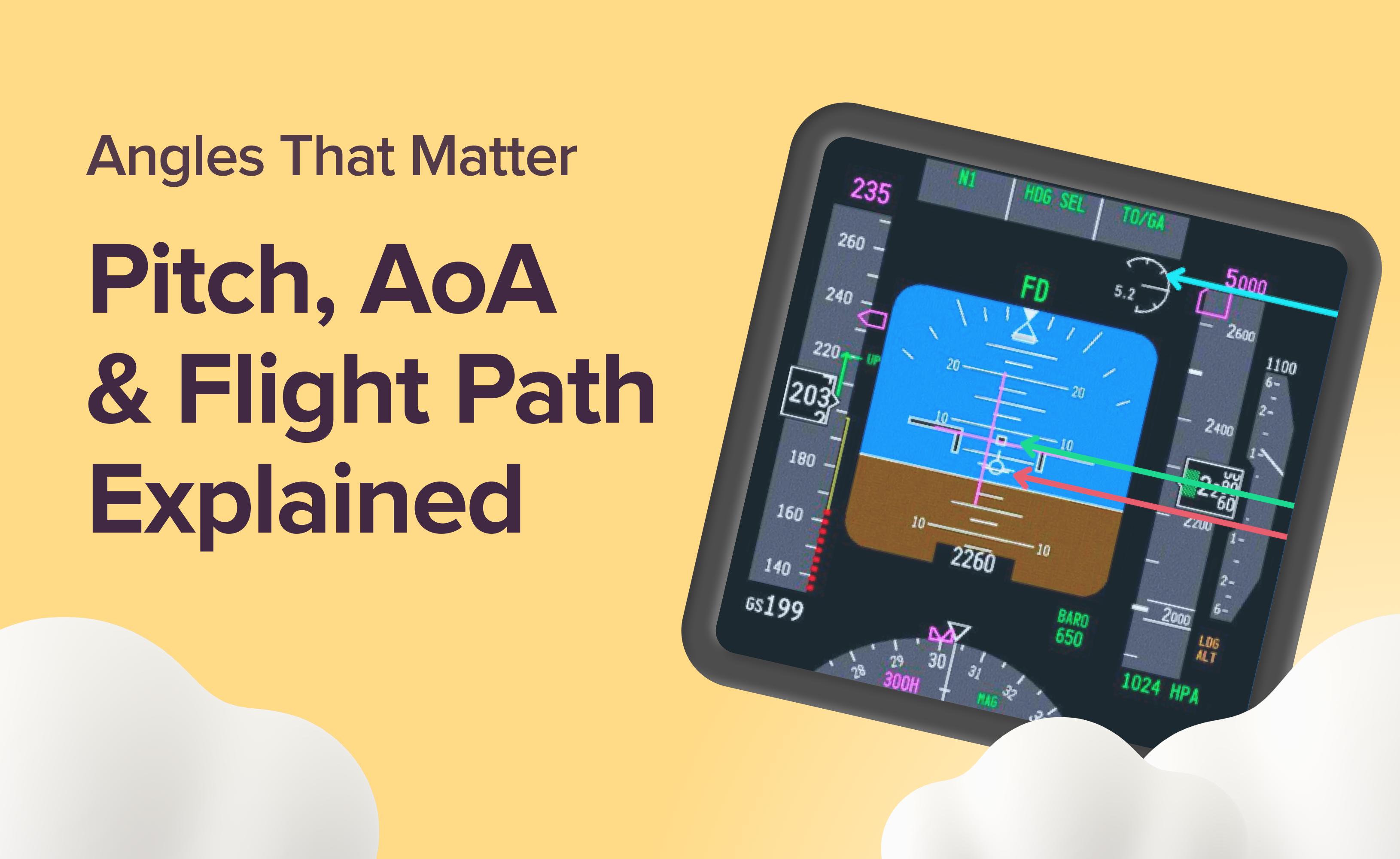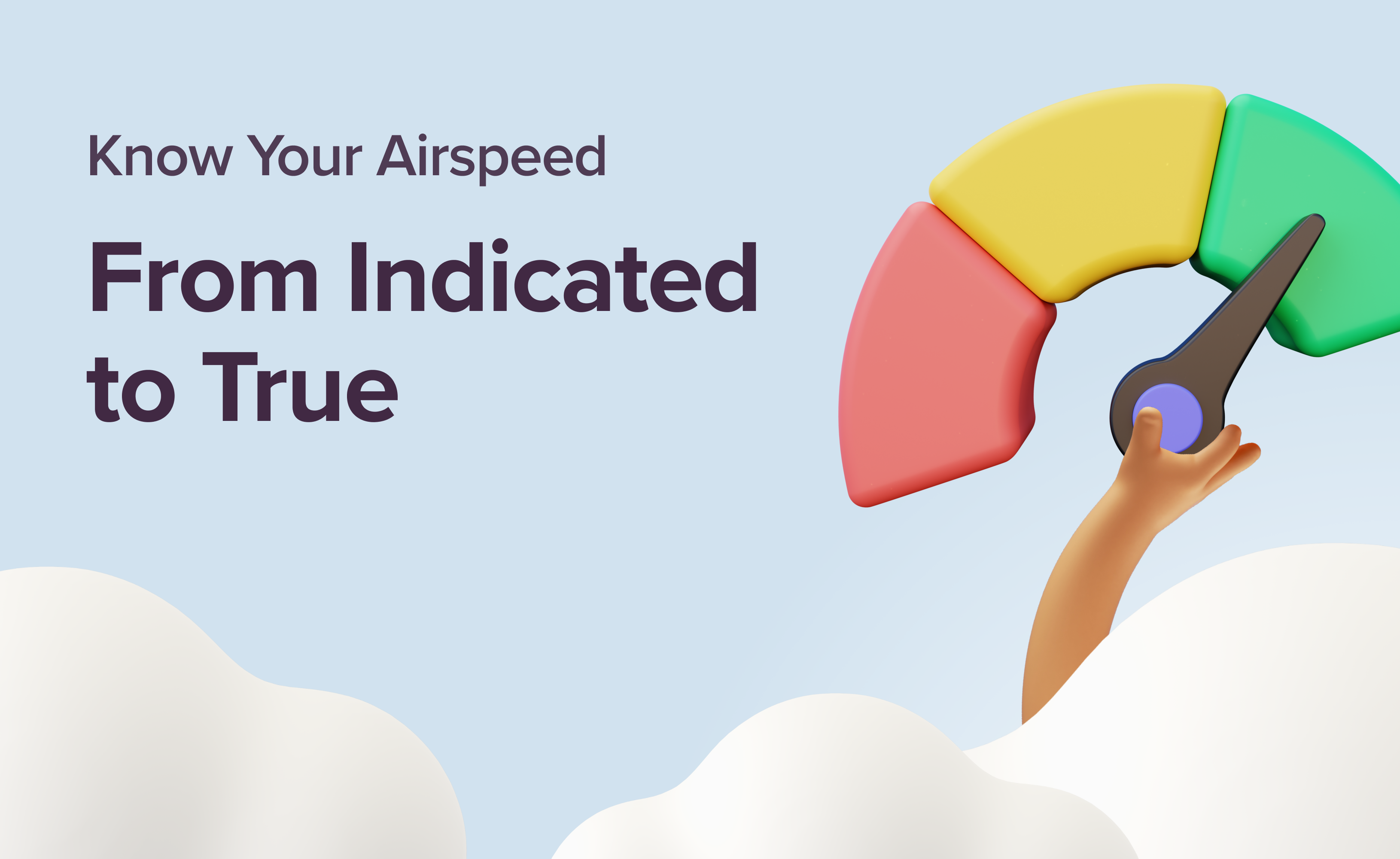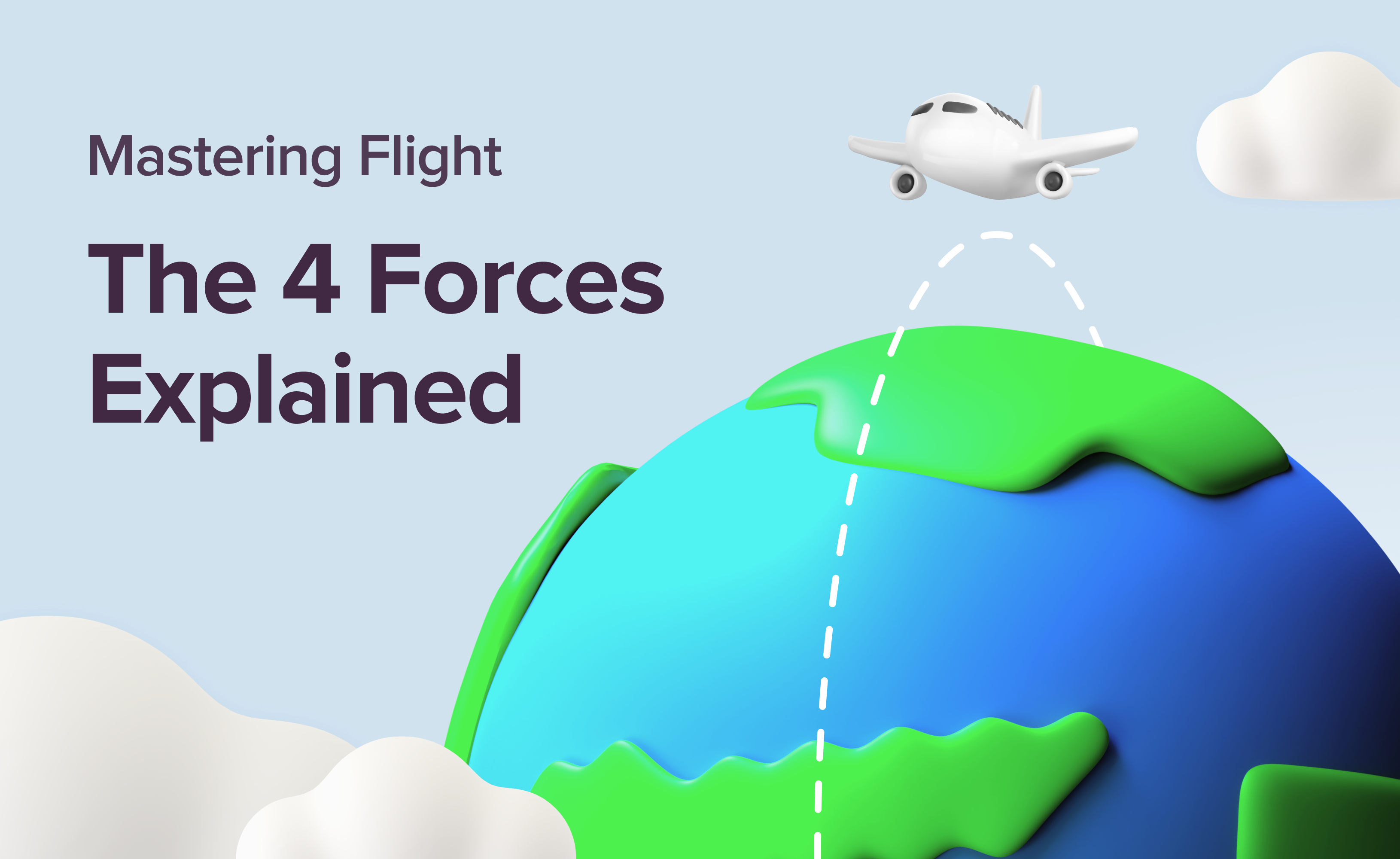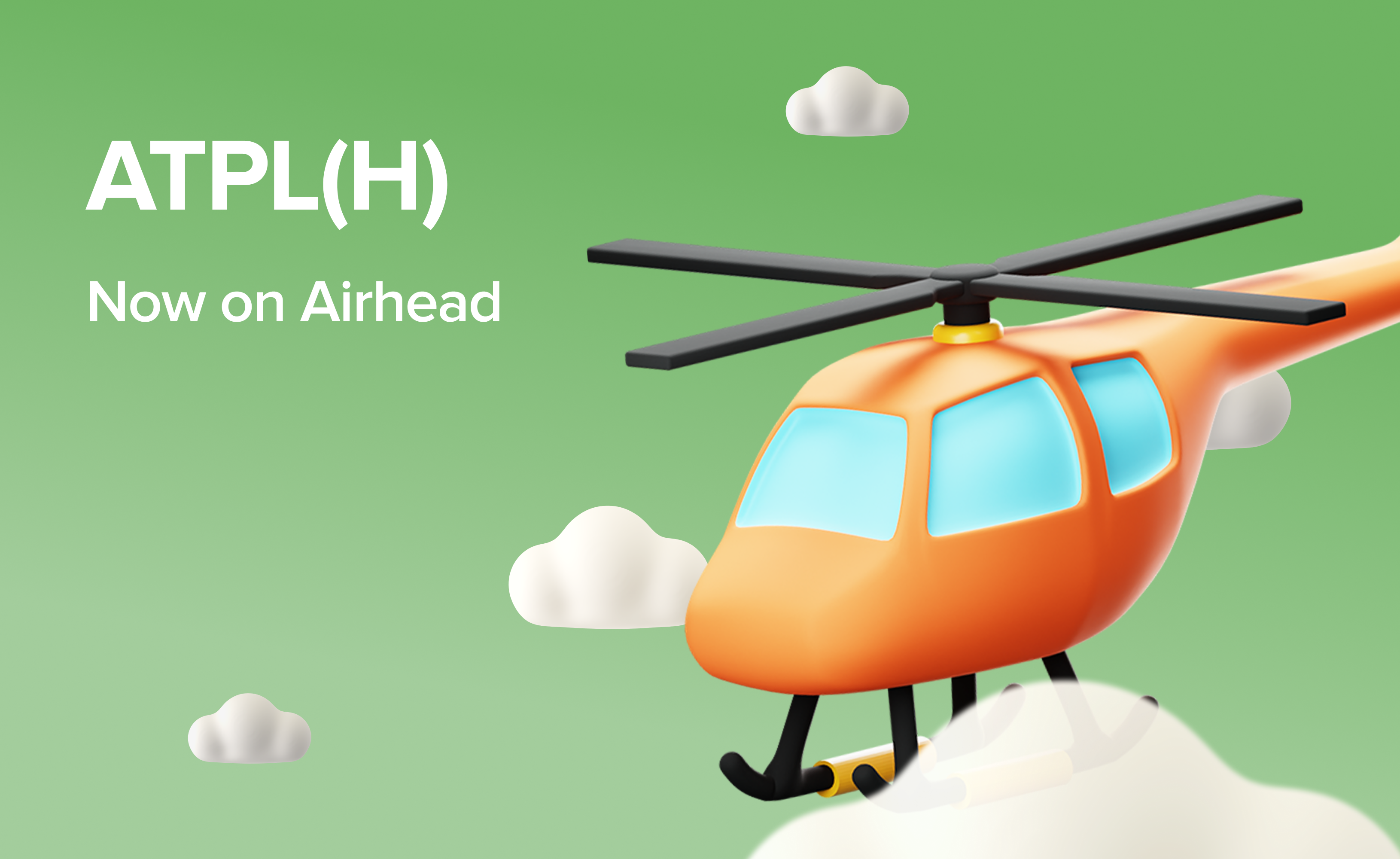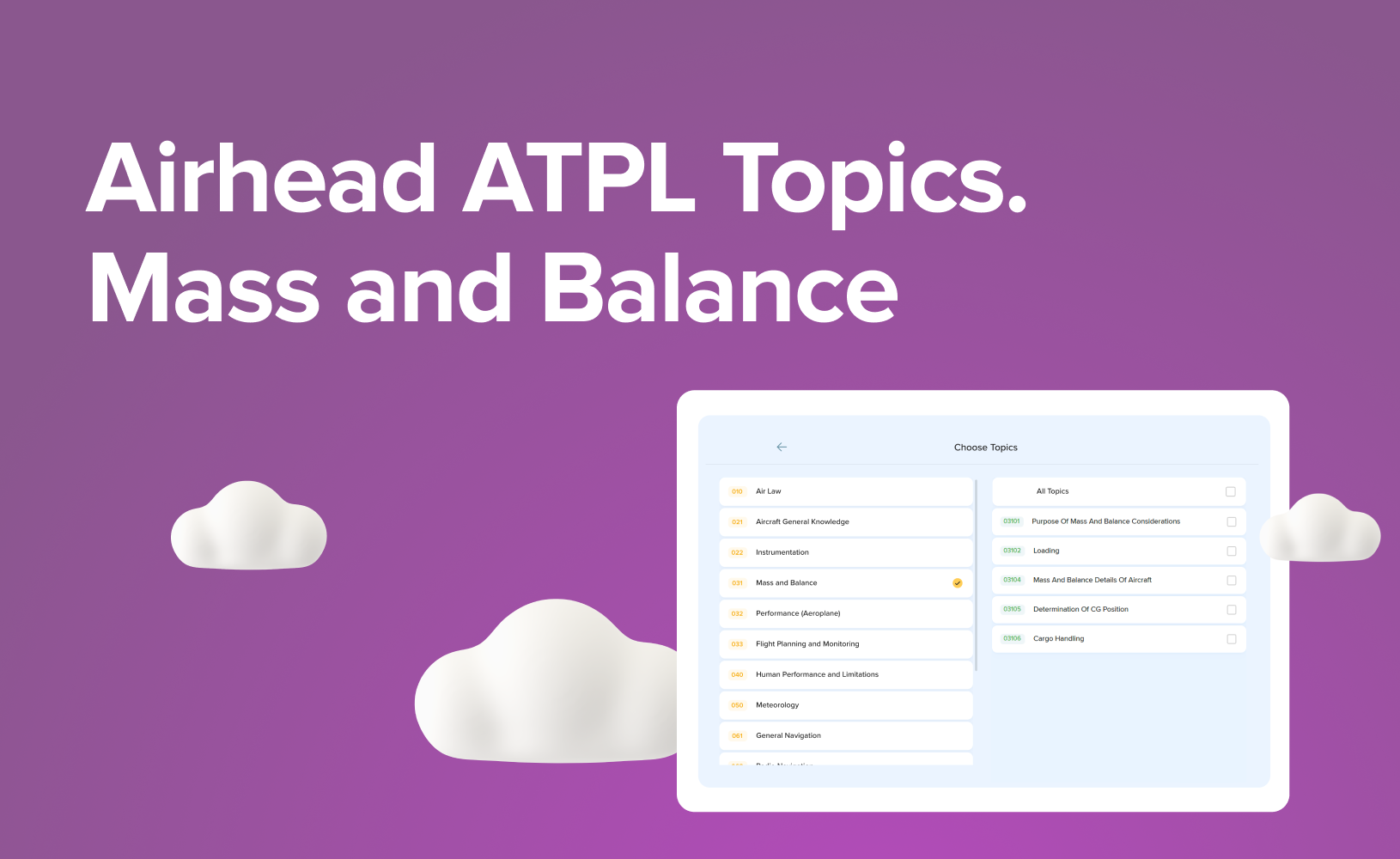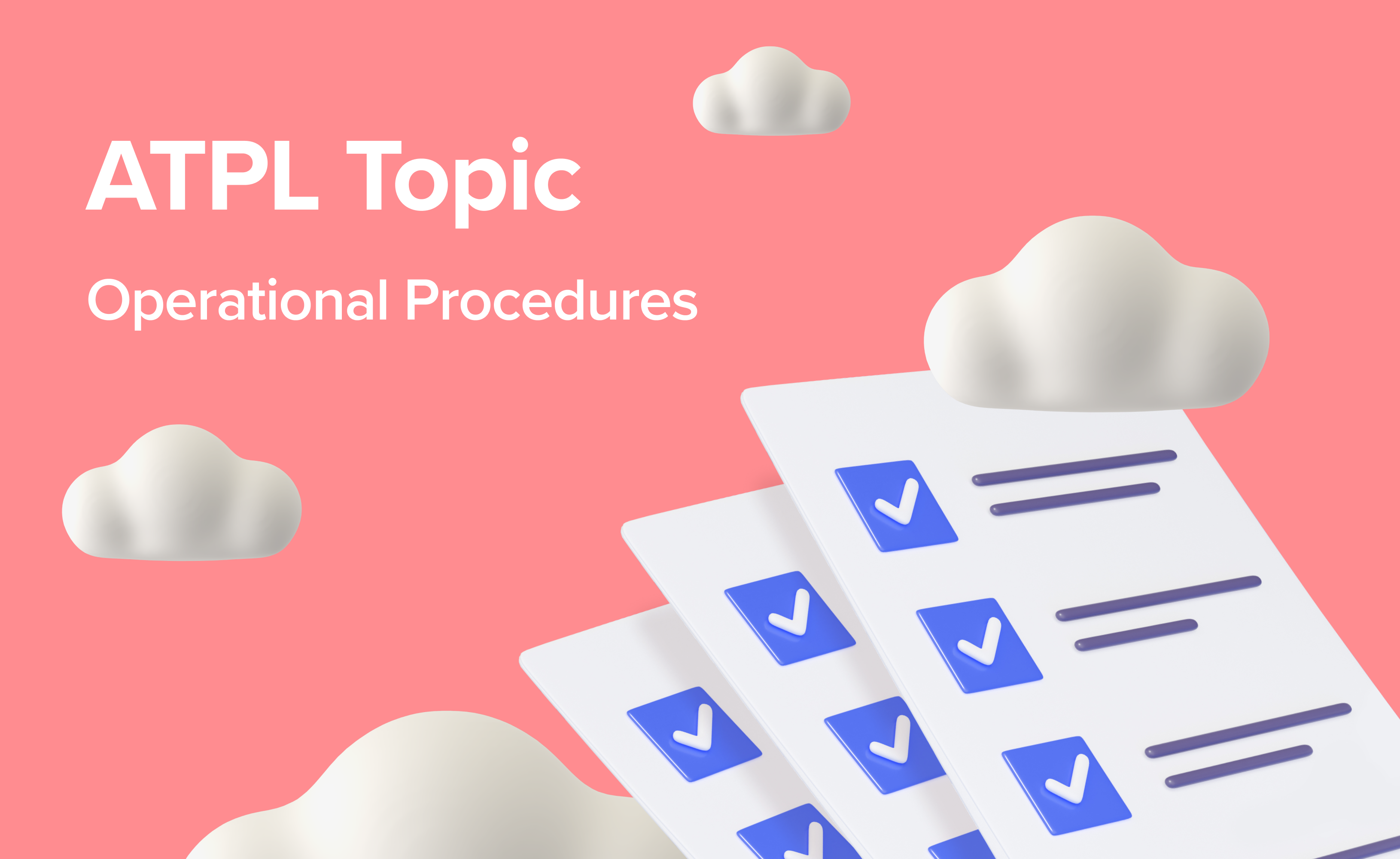Beyond the Clouds: VFR vs. IFR
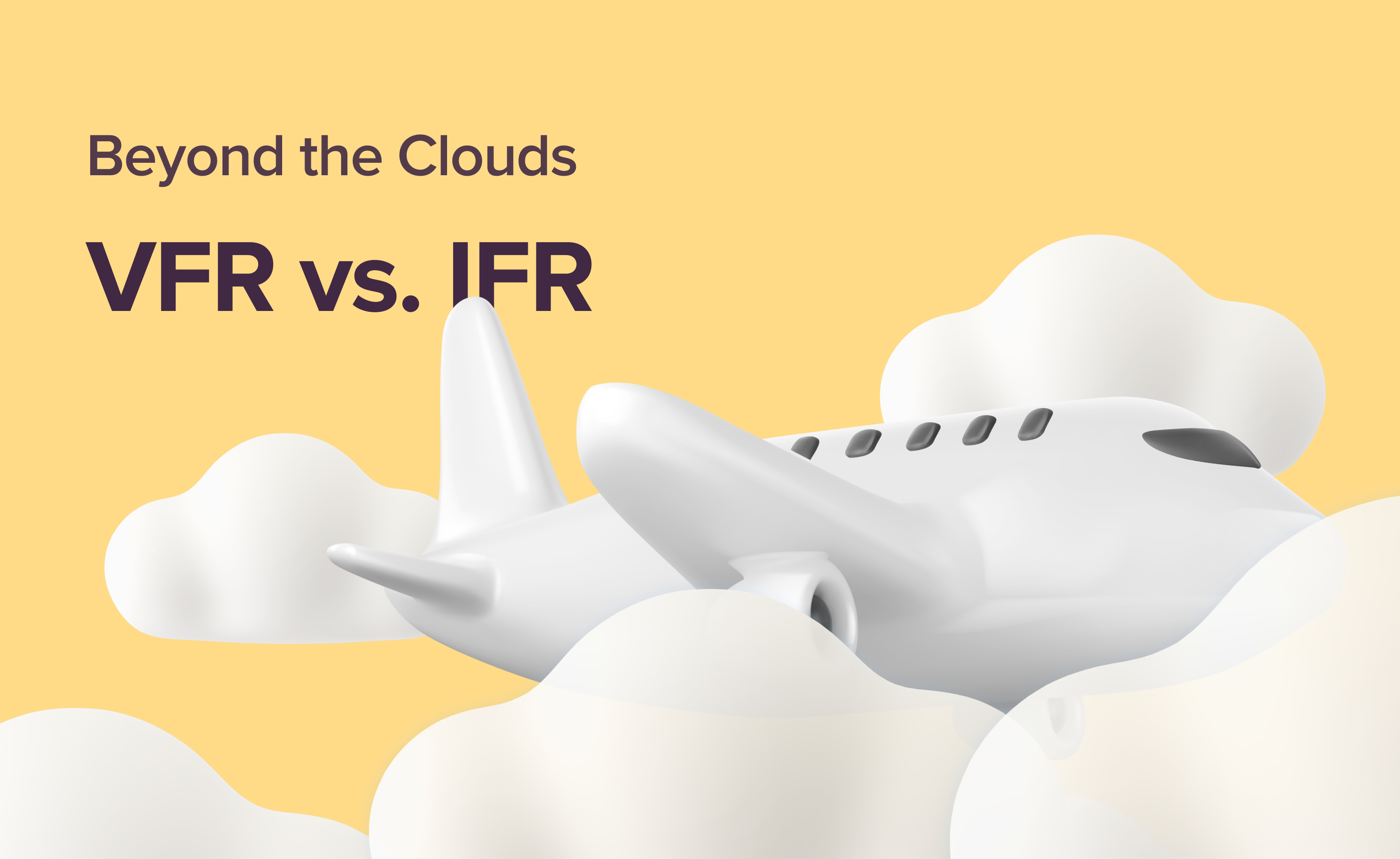
Did you know that strict adherence to flight rules has been key in making aviation one of the safest modes of transport today? For aspiring pilots, understanding these rules isn't just about passing theory exams — it's about ensuring safety and professionalism every time you take to the skies. Grasping the differences between Instrument Flight Rules (IFR) and Visual Flight Rules (VFR) is a critical step in your pilot training journey, shaping how you navigate various flying conditions and environments.
VFR relies on a pilot's ability to see and avoid obstacles, making it the go-to method for clear-weather flying and honing fundamental piloting skills. IFR involves flying an aircraft using only the onboard instruments, a skill essential for tackling poor visibility and complex airspace. Mastering both sets of rules equips you with the versatility and confidence needed to handle diverse flying scenarios safely and effectively.
Keep reading as we break down these essential flight rules, compare their applications, and explore how they contribute to your success as a competent and confident pilot.
What are Visual Flight Rules?

Visual Flight Rules form the foundation of common pilot training, allowing you to navigate the skies using visual references and your own situational awareness. Under VFR, pilots fly primarily by sight, relying on landmarks, the horizon, and other visual cues to maintain direction and avoid obstacles.
When VFR is Required
VFR is applicable under specific conditions where visual navigation is feasible:
Good Weather: VFR is typically used in scenarios with minimal cloud cover, known as Visual Meteorological Conditions (VMC).
Adequate Visibility: Visibility must meet minimum requirements, usually set at around 5 km or more, depending on the airspace and altitude.
Daylight Operations: While VFR can be used at night (known as Night VFR), most pilots operate under VFR during daylight hours when visibility is naturally better.
VFR Procedures
Flying under VFR places a significant amount of responsibility on the pilot, requiring sharp attention and proactive decision-making.
Navigation: As a VFR pilot, you are responsible for navigating the aircraft using visual references, such as roads, rivers, and other landmarks, along with a map or GPS. You chart your course and ensure you remain on the correct path.
Obstacle Avoidance: You must constantly scan the skies and the terrain ahead, watching out for other aircraft, obstacles, and weather changes. This “see and avoid” principle is a cornerstone of VFR flying.
ATC Interaction: In uncontrolled airspace, you can fly independently under VFR without constant communication with ATC. However, when flying in controlled airspace, you must establish communication with ATC, follow any instructions, and request clearance to enter or transit through busy areas like airport zones.
Want to know more about how air traffic controllers keep our skies safe? Read on in this blog.
Benefits of VFR
VFR offers several advantages, particularly for student pilots and those flying smaller aircraft.
Simplicity: VFR operations are generally simpler and less regulated, making them ideal for beginners or for flying in familiar, well-known areas.
Freedom and Flexibility: VFR allows for more direct routes and greater freedom in choosing your flight path. You can adjust your course as you fly, without adhering to a pre-filed flight plan.
Cost-Effective: VFR flying typically requires less equipment and incurs lower operational costs compared to IFR, which often involves more complex avionics and higher fuel consumption due to controlled routing.

Challenges of VFR
VFR also comes with its own set of challenges.
Weather Dependence: Poor visibility or unexpected weather changes can make VFR flying hazardous, sometimes requiring a switch to IFR or an emergency landing.
Limited Night Operations: While VFR is possible at night, it’s mainly more challenging due to the reduced visibility and the need for additional training and equipment, such as aircraft lighting and visual scanning techniques.
Airspace Restrictions: Navigating through or near controlled airspace under VFR can be complex. You need to be aware of airspace classifications, comply with ATC instructions, and sometimes deal with busy air traffic that requires precise communication and decision-making.
Pilot Workload: VFR places a heavy workload on the pilot, especially in unfamiliar or congested areas. You need to manage navigation, communication, and obstacle avoidance simultaneously, which can be demanding, particularly for less experienced pilots.
Visual Flight Rules offer a straightforward, flexible way to fly when conditions are favourable. While VFR flying gives you the freedom to navigate independently and enjoy the pure experience of flying, it also demands a keen awareness of your surroundings and a solid understanding of airspace rules.
As you progress in your training, mastering VFR will not only build your confidence but also prepare you for the complexities of flying under various conditions.
What are Instrument Flight Rules?

Instrument Flight Rules (IFR) are fundamental to modern aviation, allowing pilots to operate safely in conditions where visibility is limited or non-existent. Unlike Visual Flight Rules, which depend on a pilot's ability to see and navigate by visual references, IFR enables you to fly using only the aircraft’s instruments. This becomes crucial in situations like flying through clouds, fog, heavy rain, or at night, where visual cues are unreliable or completely absent. Under IFR, pilots must follow a strict set of regulations that govern everything from flight planning to in-flight procedures, ensuring that aircraft maintain safe distances from each other and the terrain below.
When IFR is Required
IFR is essential in several scenarios:
Poor Visibility: When weather conditions reduce visibility below the minimum required for VFR, such as in clouds or fog.
Night Operations: During night flights, where visual references may be limited.
Complex Airspace: In busy airspace where precise navigation and separation from other aircraft are crucial.
Instrument Meteorological Conditions (IMC): When weather conditions necessitate flying solely by reference to instruments.
IFR Procedures and ATC Management
When flying under IFR, you’re in constant communication with Air Traffic Control (ATC), which manages your flight from take-off to landing.
Flight Planning. Before departure, a pilot must file an IFR flight plan with ATC, outlining their route, altitude, and alternate airports. This plan must be approved before they can proceed.
ATC Communication. Once airborne, ATC takes over, providing clearances for each phase of the flight, including altitude, heading, and speed. ATC guides a cockpit crew through controlled airspace, coordinating the aircraft's flight with other aircraft to maintain safe separation.
Navigation and Monitoring. Pilots rely heavily on their navigation instruments, constantly cross-checking with ATC instructions to ensure they’re on the correct path. This requires maintaining situational awareness and managing the aircraft’s systems precisely.

Benefits of IFR
IFR offers numerous advantages, especially in terms of safety and operational flexibility:
All-Weather Capability: IFR allows you to fly in almost any weather condition, including through clouds, rain, and other adverse weather, without needing to rely on visual landmarks.
Night Flying: IFR makes it possible to fly safely at night, where visual cues are limited or absent.
Airspace Access: Many controlled airspaces, especially around major airports, require IFR clearance for entry, giving you access to more routes and destinations.
Precision: IFR ensures precise navigation and altitude control, reducing the risk of mid-air collisions and ground proximity incidents.
Challenges of IFR
While IFR enhances safety and flexibility, it also presents several challenges:
Advanced Training and Certification: IFR requires additional training beyond basic pilot certification, including an instrument rating that demands a thorough understanding of aircraft systems, navigation, and ATC procedures.
Increased Dependency on Instruments: Pilots must rely entirely on their instruments, which means any malfunction can quickly become a serious issue. It requires a deep familiarity with the aircraft’s systems and the ability to manage failures effectively.
Mental and Physical Demands: IFR flying can be mentally exhausting, requiring intense focus, multitasking, and decision-making under pressure. The reliance on ATC also means that communication must be clear and timely, adding to the workload.
Weather Considerations: While IFR allows you to fly in poor weather, it doesn’t eliminate the need for careful weather planning. Certain conditions, like thunderstorms or severe turbulence, can still pose significant risks.

While this type of flight requires a higher level of training and poses unique challenges, the benefits in terms of safety, operational flexibility, and professional development make it an essential part of your journey as a pilot. Keep these considerations in mind as you advance in your training, and you’ll be well-prepared to tackle the skies, no matter what the weather throws your way.
IFR vs. VFR: Key Differences
Understanding the fundamentals of flight is essential for every pilot. This table provides a quick overview of the key differences between these two primary methods of flying.
| IFR | VFR |
Weather and Visibility | relies on instruments for navigation in poor visibility and adverse weather | requires clear weather and good visibility, using visual cues like the horizon and landmarks |
Equipment and Training | advanced avionics and additional training, +instrument rating | basic instruments with simpler training focused on flying by sight |
ATC Involvement | heavy, with constant guidance and clearances | minimal, unless entering controlled airspace |
Pilot Tasks | precise decision-making based on instrument data and strict adherence to ATC instructions | situational awareness and real-time decision-making based on visual observations |

IFR vs. VFR: So, Which Way to Fly?
Your journey to flying begins with VFR, where you’ll learn to fly by visual references — using landmarks, the horizon, and weather conditions to guide your flight. This foundational training focuses on basic airmanship, navigation, and communication.
Once you’ve mastered VFR, IFR training takes you a step further. You’ll learn to fly using only your instruments, which is essential for flying in poor weather, at night, or through busy airspace. This advanced training includes earning an instrument rating, a certification that expands your capabilities and prepares you for more complex flying scenarios.
Deciding between IFR and VFR training often depends on your career goals. If you aim to become a commercial pilot, airline captain, or fly in all-weather conditions, IFR training is essential. It allows you to operate in a wider range of environments and increases your opportunities in the aviation industry. VFR, on the other hand, is perfect for recreational flying or for pilots who plan to stay in regions with consistently good weather.
Airhead's Takeaway

For aspiring pilots, mastering both IFR and VFR is not just about passing pilot exams — it’s about enhancing safety and opening doors to more advanced flying opportunities. If you’re serious about a career in aviation, or simply want to be the best pilot you can be, consider researching further or enrolling in training programs to gain proficiency in both IFR and VFR. This investment in your skills will pay off in your ability to navigate the skies safely and effectively.






